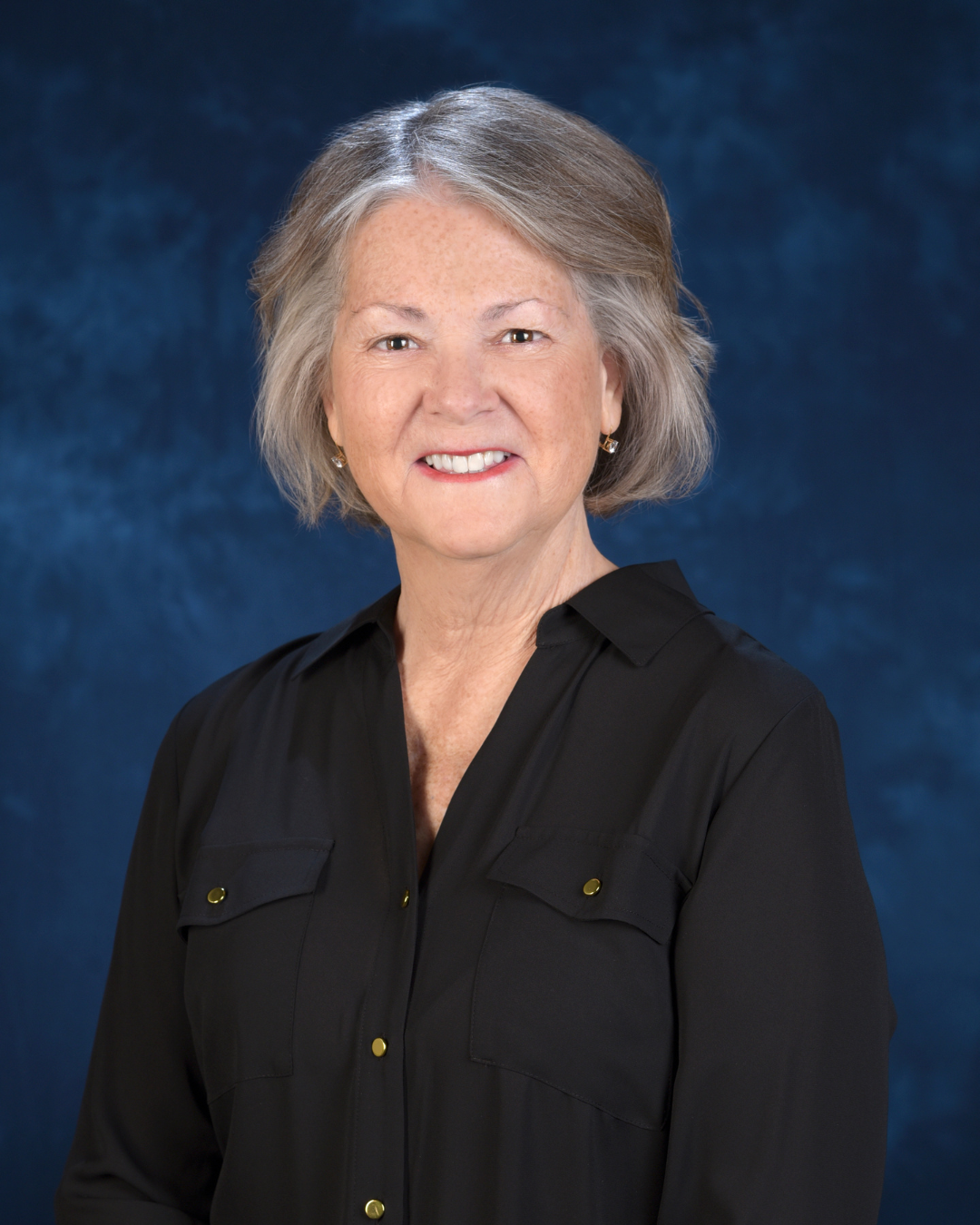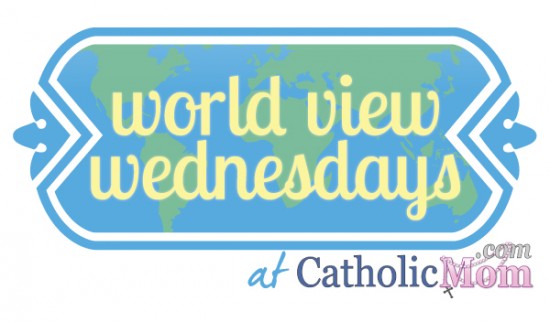Over at my Patheos blog, I've made a personal commitment to spend 100 days commemorating the 20th anniversary of the Rwandan genocide. I will miss a day here or there, but somehow it felt fitting to spend more than just a day or two recalling this tremendous tragedy. But another important part of my series there is looking at the extreme promise for the future of all Rwandans. Having visited this amazing country, I can testify to the hope that I felt when I met so many amazing men and women committed to building a brighter tomorrow.
This week on the blog, I share two videos from a recent appearance by Rwandan President Paul Kagame at Brandeis University. Today, I'd like to share them with you here as I think both will give you a sense of Rwanda's past and her future.
Part One
This brief speech by President Kagame will give readers who have not previously "met" him a good sense of his agenda for Rwanda as the country continues to emerge from its post-conflict phase into a future that will hopefully include prosperity and peace for all Rwandans.
In one portion of his remarks, President Kagame discusses the "gacaca" process of justice:
Establishing peace and security were the foundation for anything else we hoped to do. The forces that had just committed the genocide were camped only a few kilometres from our border, and tried to continue the Genocide targeting survivors and witnesses.
Meanwhile, the international community began the largest humanitarian operation in history to support them, and claimed to be powerless to separate refugees from armed groups.
There could never be peace under those conditions. We had to act. In late 1996, Rwandan forces separated the refugee hostages from the genocidal armed groups, and in the space of a few days, more than two million Rwandans returned home, walking back to their villages — where they have settled ever since.
This development made the search for justice and reconciliation an even more urgent challenge. Many of the returnees were involved, directly or indirectly, in the genocide. They were now living side by side with survivors.
What does justice mean when millions of people participated? What does reconciliation mean when perpetrator and victims see each other in the market every day? The rebuilding process required us to find the right balance.
To achieve this, we chose Gacaca, a community-based system of conflict resolution that would deliver restorative justice, as well as bring the society back together.
Cases were heard and judged at village level. In exchange for telling the truth about what they did and saw, perpetrators received reduced sentences or performed community service. Through Gacaca, Rwanda tried two million cases in ten years, completing the process in 2012.
Of course reconciliation and justice are not one-off events, but a long-term national process that requires continuous dialogue at all levels.
We are working to entrench new thinking about Rwandan national identity that transcends the ethnic ideology promoted by previous governments. The purpose is not to erase diversity or deny history, but rather to help Rwandans see themselves first and foremost as compatriots.
I encourage you to either watch the video above or read the full text of the speech here. I think you'll see that President Kagame strikes a good balance between commemorating the past and addressing an ambitious agenda for Rwanda's future.
Part Two
In this portion of the event, you'll hear President Kagame respond to questions on a variety of issues including leadership, "Imihigo" (performance contracts), poverty reduction, health care and other topics. I think you'll enjoy the interaction between the President and those present at the event who have a vested interest in the country of Rwanda.
For more of my series on Rwanda, visit my Patheos blog
Visit our World View Wednesday archives
Copyright 2014 Lisa M. Hendey
About the Author

Lisa M. Hendey
Lisa M. Hendey is the founder of CatholicMom.com, a bestselling author and an international speaker. A frequent radio and television guest, Hendey travels internationally giving workshops on faith, family, and communications. Visit Lisa at LisaHendey.com, on her Substack at LisaHendey.Substack.com, or on social media @LisaHendey for information on her speaking schedule or to invite her to visit your group, parish, school or organization. Find Lisa’s books on her Amazon author page.



.png?width=1806&height=731&name=CatholicMom_hcfm_logo1_pos_871c_2728c%20(002).png)
Comments